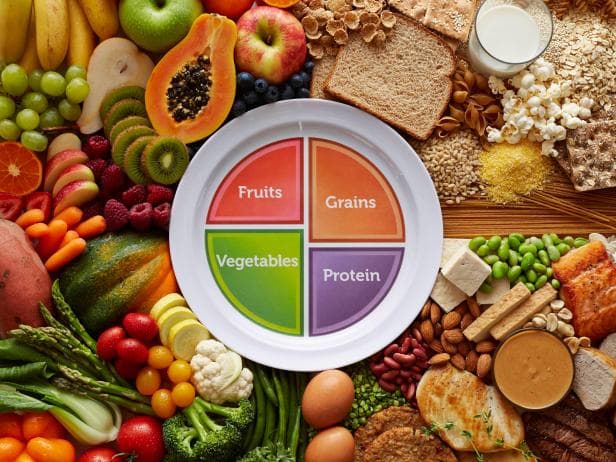Small Swaps for Healthier Families: Simple Nutrition Tips for Busy Families
November 1, 2025
Between work, school, and the rush of the holiday season, healthy eating can fall to the bottom of the list. But small, realistic changes can have a big impact on your family’s health and your budget.
The Middlesex-Essex Public Health Collaborative (MEPHC) and local health departments aim to make nutrition education simple and practical, because eating well shouldn’t feel out of reach.

Why Nutrition Matters
Good nutrition supports everything from heart health and blood pressure to mood and energy. It’s also key in preventing chronic conditions like type 2 diabetes and hypertension.
Nearly half of adults in the U.S. (47%) live with at least one preventable chronic disease, often linked to poor nutrition or lack of physical activity (CDC, 2024).
Even one small change, like adding an extra serving of vegetables or swapping a sugary drink for water, can make a difference.
Simple Swaps That Make a Big Difference
Healthy eating doesn’t have to mean expensive groceries or complicated recipes. Try these easy, budget-friendly swaps:
-
Go frozen or canned. Frozen fruits and veggies are just as nutritious as fresh, last longer, and reduce waste.
-
Swap sugary drinks for seltzer or flavored water. Nearly half of added sugars come from beverages.
-
Pick whole grains when possible. Whole wheat pasta, oats, or brown rice add fiber and nutrients.
-
Watch sodium and added sugar. Look for “no salt added” or “low-sodium” canned goods.
-
Build balanced plates. Aim for half fruits and veggies, a quarter grains, and a quarter protein.
Keeping It Affordable
Healthy eating doesn’t have to mean spending more, but for many families, it’s getting harder to make the grocery budget stretch.
With recent changes and reductions to SNAP (Supplemental Nutrition Assistance Program) benefits, many households are feeling added pressure when shopping for healthy foods. Prices for staples like produce, milk, and grains have also gone up, making it more challenging to keep nutritious foods on the table.
At the Middlesex-Essex Public Health Collaborative, we understand those challenges and we want community members to know that there are still ways to make smart, affordable food choices. Even small strategies can make a real difference for your health and your wallet.
Ways to Save Money While Eating Well
- Buy frozen or canned fruits and vegetables. They’re just as nutritious as fresh, cost less, and last longer. Look for low-sodium or “no salt added” options.
- Buy in bulk when you can. Staples like rice, beans, oats, and pasta are much cheaper per serving in larger bags or from bulk bins and they store well.
- Choose in-season produce. Fruits and vegetables that are in season often cost less and taste better. Farmers markets and local grocery stores typically highlight what’s freshest that week.
- Cook once, eat twice. Prepare larger portions and freeze or refrigerate leftovers for future meals. This saves time, money, and reduces food waste.
- Compare store brands and check unit prices. Generic or store-brand products often have the same ingredients and nutrition for less cost.
Community Programs Can Help
If you’re struggling to afford groceries or want to stretch your food budget further, local resources can help bridge the gap:
- Food pantries and mobile markets: Many offer produce and shelf-stable staples (Project Bread FoodSource Hotline).
- Council on Aging meal programs: Nutritious, low-cost meals for older adults.
- Massachusetts Healthy Incentives Program (HIP): SNAP participants earn extra dollars for fruits and vegetables at local farms (Mass.gov HIP).
- WIC and SNAP benefits: Accepted at many area markets and stores. (Mass.gov SNAP) (Mass.gov WIC)
If you’re not sure where to start, reach out to your local health department or Council on Aging, they can connect you with food assistance, nutrition programs, and other local resources. For contact information for MEPHC and your local health department go to: www.mephc.org/contact
Building Health Literacy Through Nutrition
Knowing how to read a food label or plan a balanced meal are simple but powerful skills. Improving health literacy, how people find and use health information, is one of MEPHC’s priorities.
To learn more about reading labels: CDC Nutrition Fact Label and Your Health
By supporting accessible nutrition education across Middlesex and Essex communities, MEPHC helps families build healthier habits, one small step at a time.
